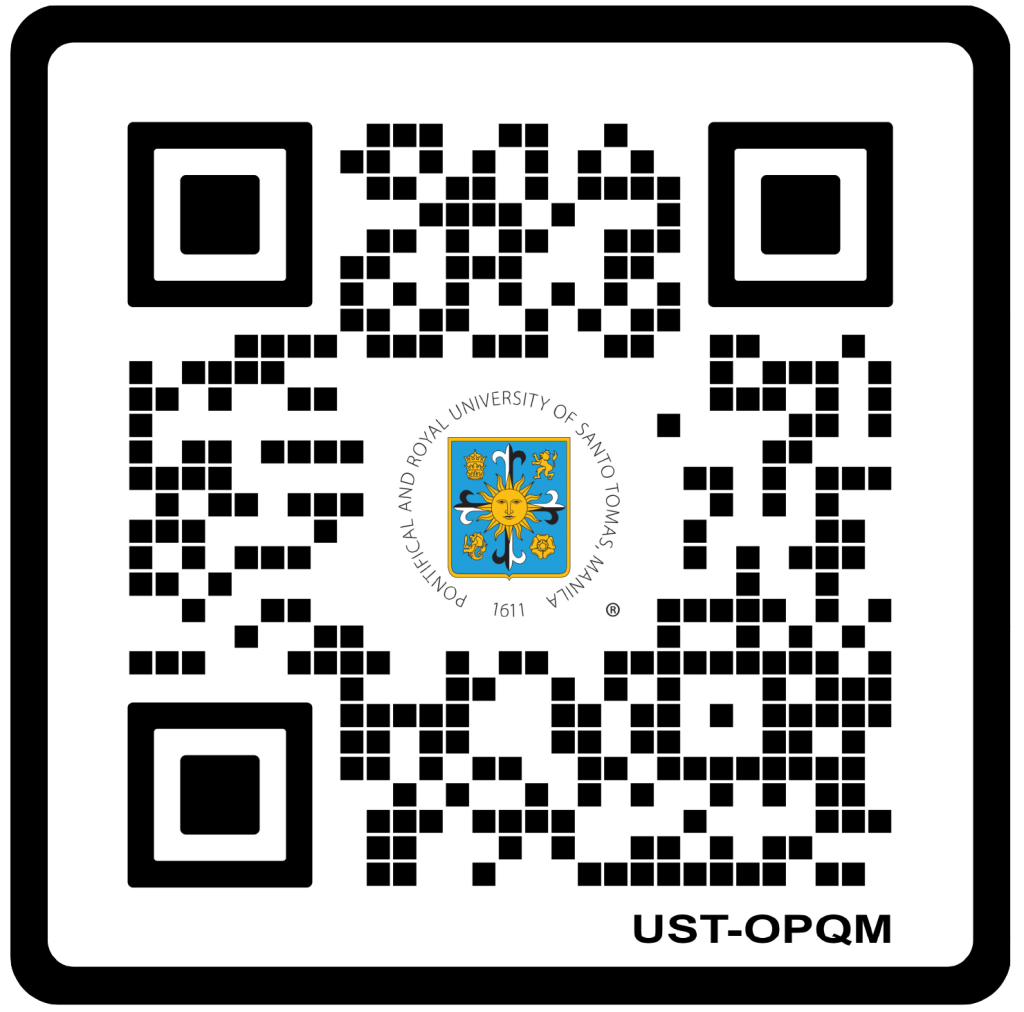From August 25-27, 2016 (Thursday – Saturday), administrators of the University of Santo Tomas, led by the Rector, the Very Rev. Fr. Herminio V. Dagohoy, O.P., PhD, attended the 2016 Association of Southeast and Asian Catholic Colleges and Universities (ASEACCU) conference in the University of Notre Dame, Broome, Western Australia, making UST the biggest non-Australian delegation to the conference.
The gathering, which bore the theme “Valuing Indigenous Traditions and Cultures in the Care of Our Common Home,”was held in Broome precisely because it is at the heart of Yawuru country, one of the oldest surviving aboriginal groups in the world.
A convergence of the youth
The conference provided students from member universities the chance to interact and share themselves and their culture in the name of God. The student program, which began on August 22, 2016 (Monday) featured lectures and teambuilding sessions that culminated in performances displayed at the end of the conference. The students likewise collaborated on plans for projects and dreams for their institutions, delving deeper into the conference theme.
Indigenous and Theological Perspectives
The staff program was opened with lectures that focused on the indigenous community of Yawuru in Broome and the theological perspectives of Laudato Si.
Yawuru Corporate Group CEO Peter Yu talked about the Yawuru tribe, the original dwellers of the Kimberley region. Yu, who was a key negotiator on behalf of the Yawuru Native Title Holders with the Western Australian State Government and the Shire of Broome over the landmark 2010 Yawuru Native Title Agreement, talked about how the Yawuru people overcame struggles for autonomy and emancipation from oppression and how they now co-exist with fellow citizens in the care for the common home.
Meanwhile, Rev. Fr. Denis Edwards of the Australian Catholic University presented his thoughts on Pope Francis’s Theology of the Land, as explained in Laudato Si. Fr. Edwards emphasized that to take care of the land is not just to cultivate it for the present, but also make sure that it remains beneficial to the future.
Different sectors, one aim
In the afternoon of the second day of the staff program, participants were divided into parallel sessions: 1) ASEACCU Strategic Planning (attended by the Executive Board and university presidents/rectors; 2) Campus Ministry and Community Development; 3) Internationalization; 4) Research Collaboration; and 5) Online Education.
The highlights from the different sessions will help the Executive Board in charting the immediate future of ASEACCU. Fr. Dagohoy stated that the projects will be finalized by the Executive Board “to make ASEACCU more relevant to each member institution.”
From classrooms to communities
Ending the conference was a two-part Academic Forum featuring a total of four paper presentations. The first two papers, by Japan’s Michael Polito, PhD and Taiwan’s Fr. Inna R. Edara, SVD, talked about how ecological discussions can and must be integrated in school settings, while Indonesia’s Finsensius Purnama and the Philippines’s Joefrey Almazan, PhD, talked about struggles of indigenous communities in their areas to attain autonomy and preserve their heritage in the midst of wanton disregard for ecological balance.
Samin, Sama, Amin
In his closing message, Fr. Dagohoy used the Indonesian term “samin” and related it to Tagalog words “sama” and “amin” in stressing what ASEACCU is: a HOME. He called on all members to treat ASEACCU as their home, which they go back to every year in order to fortify existing friendships and forge new ones. As he thanked the University of Notre Dame, he also introduced the University of the Assumption, Thailand, the host of next year’s ASEACCU, which will celebrate its 25th year.
Seven years at the helm
In 2015, Fr. Dagohoy was elected as the Executive Secretary/President of ASEACCU, taking the helm from Fr. Michael Calmano, SVD. His term will be from 2015-2022.




